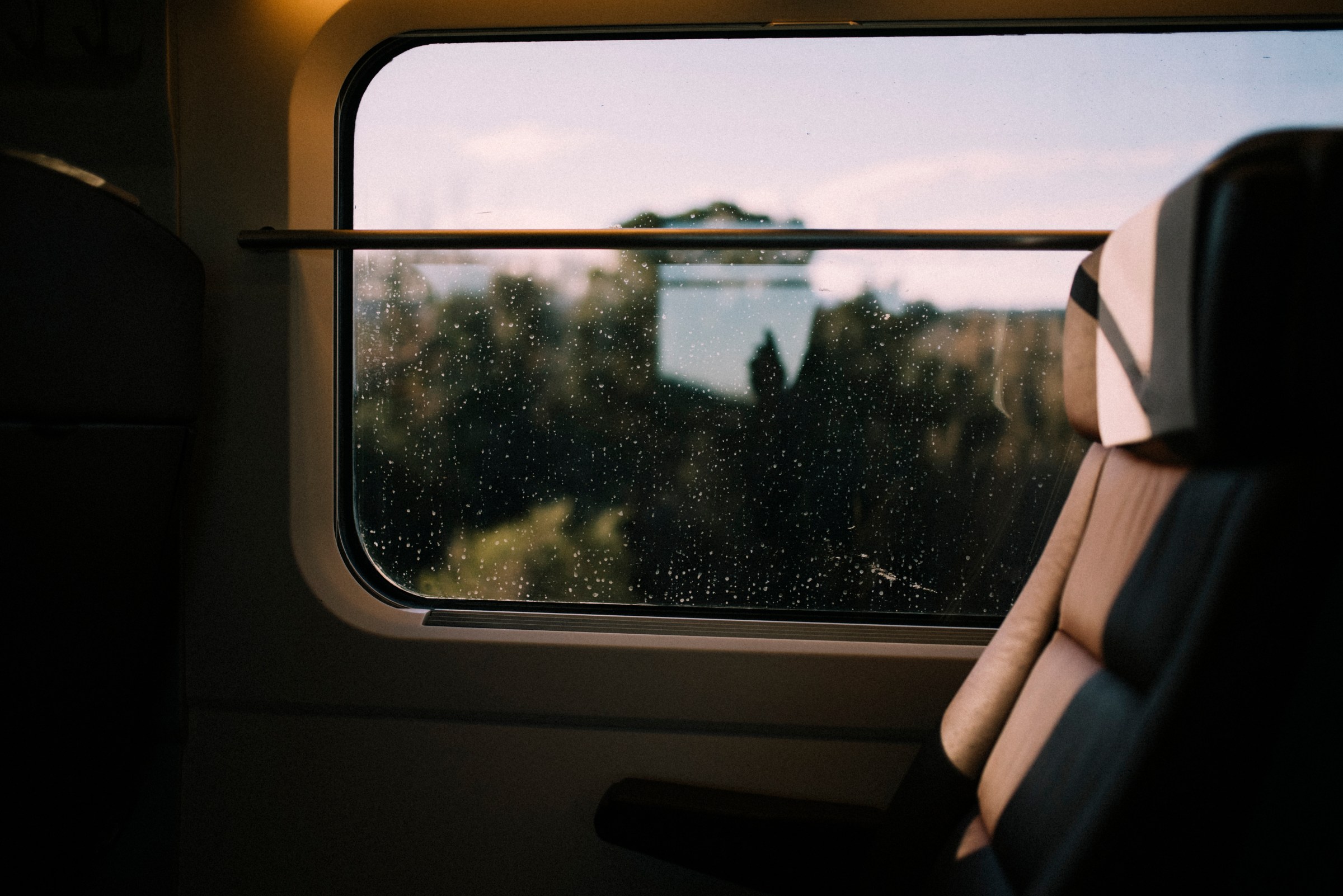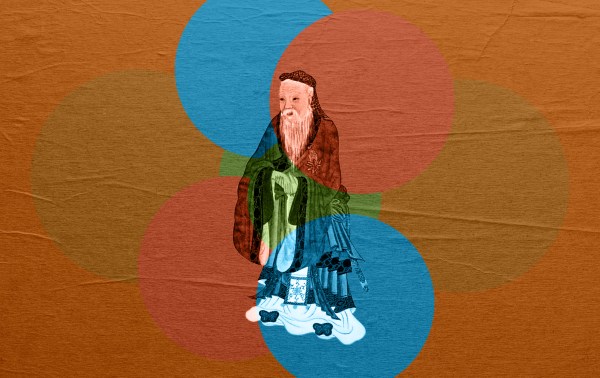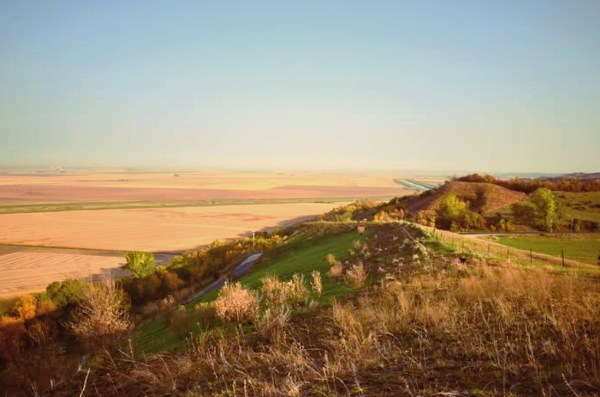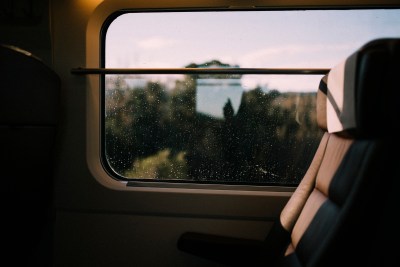Turn any article into a podcast. Upgrade now to start listening.
Premium Members can share articles with friends & family to bypass the paywall.
American rail riders are a select crew. In Europe, in Japan, and in all kinds of places the railroad is a means of travel as ordinary as buses and cars, but in America, there are few indeed who choose the train. The chief reason is that American rail service is very limited: Outside of the East Coast’s Acela corridor, there are few lines and few trains that run on them. Getting from Minneapolis to New York will take three hours by plane and 16 by car. But by train it’ll take you about two days. Many places simply have no train service at all.
But there are circumstances in which it makes sense to take the train. If you don’t have any transfers, you’ll go about the same speed as a car does, and you won’t have to drive. If you book a decent time ahead, your ticket will often be significantly cheaper than airfare. In a purely logistical sense, this is a reasonable choice.
But it’s not just speed and cost that come into consideration. The people on the train are perhaps unlike any other collection of Americans. Some of them are traveling this way because they don’t own a car and airfare costs too much. You might be going on a train through rural Iowa with working class people from the South Side of Chicago. Some people ride because air travel scares them. There are also older travelers who seem to ride for a sense of romance. On my most recent trip between Chicago and Des Moines, an older lady sat pensively, taking in scenery alone in the dining car for much of the route.
There are drifters and bedraggled hippies. Young dreamers ride alongside old ones. It is very common to ride the train in Middle America with a crew of Amish, bonneted and bearded and carrying lots of luggage. In the dining car you might hear an old world form of German on one side while a family of Sikh immigrants from India chat on the other.
That, for me, is part of the charm of American train travel. You feel like you are in a select group of people who have discovered something most of their neighbors never see. The lines at the depots are short, the stations small and often historic and charming. Unlike the interstates, railroads were not built down the plainest and drabbest corridors of the country. A person who has driven across Iowa will see something very different on the train. There are no long stretches of asphalt: There is always lush greenery; homey little barns and farmhouses; wetlands, rivers, and wildflowers. If one heads west to Colorado, one weaves right through passes and valleys, flanked on all sides by the soaring mountains. If one should continue to the Pacific Northwest, a different sort of mountain is offered, the kind bedecked with conifers on top and rainforest below.
It is a much more social way to travel than by plane. On a plane, most passengers are concerned with maintaining their bubble. Uncomfortably smooshed together, with legs cramped and elbows brushing, air travelers often plug in and tune out. On the train, you’ve got great big seats and ample legroom, but, more than that, you’ve got a whole train to walk up and down in. You might pick up a card game with people in the observation deck. You might get to know the staff in the dining car: I’ve met the same club car attendee on three separate train rides. You can recognize him by his voice over the intercom, saying things like “Alright everybody, almost beddy-bye time. You know what that means, only 30 minutes for ice cold beeeeeer.” On top of that, people on the train aren’t so stressed. There’s no security line. There aren’t really any lines at all. When the train comes, you scan your ticket and walk on. Then you’ve got your big reclining seat and people get nice and comfy (sometimes a little too comfy, in pajamas and swaddled in fleece blankets).
The trains also have no internet. If you really need to work, you can use a hotspot, but for the rest, there is a greater presence on the train, a greater attentiveness to what is before us. If you want to see America in its great expanse, the train is really the best way. The clouds, viewed from a plane, are spectacular, but there is little access to what’s going on below. In the car, you can definitely look around, but the asphalt can entrance you, and, if you’re driving, you’ve got to pay attention to traffic. On the train, you are free to look and see.
The train really gives you a sense of how vast, varied, and beautiful our country is. Those who consider everything between the coasts “flyover country” have lifted themselves somewhat out of reality. Some 30,000 feet above the earth, headphones in and watching a movie, one never knows that millions of people and entire ecosystems stretch on and on below. There’s lots to like about air travel, but it’s worth taking the train at least once, just to have a realistic sense of what this country really looks like.
Many who have seen the efficient rail systems of Europe or Asia bemoan the lack of rails and lines in America. Indeed, I’m happy to join their ranks: I would gladly take an efficient train to the coasts for many of the reasons named. But many who pine for trains refuse to take the ones that exist because, for them, they are too slow. We put such a premium on speed today that many Americans miss the little delights of the train. Even sleeping on a train is, to me, a pleasant thing, as the slow, rhythmic swaying of the cars and the lowing of the horn rocks one unto rest.
In the observation car, an older black man in a crumpled straw fedora casually saunters over to a mixed-race couple in another booth and says in a relaxed, unhurried way, “Y’all enjoying the ride?”
“Oh yes, yes. It’s lovely. Have you enjoyed this trip?”
“Oh, always. I’m a frequent flyer, you know,” he says with a warm smile.
“Oh, I know,” comes the reply, suggesting that both the couple and the man have crossed paths on the rails a time or two before.
A young couple oohs and ahs at how very big the Mississippi River looks from the Burlington Rail Bridge, which connects Iowa and Illinois. A drifter spills his heart out to an old lady. Hobby photographers look pensively out the windows and snap pictures as the sun sets.
I was particularly pleased to be riding the train across the river at Burlington, because this is an old line, and the poet Carl Sandburg had ridden and written about it:
It’s going to come out all right—do you know?
The sun, the birds, the grass—they know.
They get along—and we’ll get along.Some days will be rainy and you will sit waiting
And the letter you wait for won’t come,
And I will sit watching the sky tear off gray and gray
And the letter I wait for won’t come.There will be ac-ci-dents.
I know ac-ci-dents are coming.
Smash-ups, signals wrong, washouts, trestles rotten,
Red and yellow ac-ci-dents.
But somehow and somewhere the end of the run
The train gets put together again
And the caboose and the green tail lights
Fade down the right of way like a new white hope…I knew a hotel girl in Des Moines.
She had eyes; I saw her and said to myself
The sun rises and the sun sets in her eyes.
I was her steady and her heart went pit-a-pat.
We took away the money for a prize waltz at a
Brotherhood dance.
She had eyes; she was safe as the bridge over the
Mississippi at Burlington; I married her.Last summer we took the cushions going west.
Pike’s Peak is a big old stone, believe me.
It’s fastened down; something you can count on.It’s going to come out all right—do you know?
The sun, the birds, the grass—they know.
They get along—and we’ll get along.
That is perhaps the most charming thing about the train. Nobody is in too much of a rush. The staff, the conductors, and the passengers have submitted to a form of travel that is not the fastest available, and they have made peace with that.
One reason to take the train is that so much of our life today is lived in a world of symbols and illusions. I mean the things that show up on our digital devices. We sit and spin a web of fear for ourselves hour after hour, and then we watch senseless entertainment hour after hour to forget the web we’ve woven.
The world we construct through our screens only partially maps onto the real one. On our screens, the news is always bad, and outrage builds upon outrage. It isn’t that the news out there is good, but that we won’t have the wisdom nor the strength to address our own problems unless we root in the reality in front of us. The world in front of our faces is full of interesting things that aren’t on our screens. The real people around us will surprise us; the land and the plants and the animals will surprise us; and we will see where the rubber of our fears hits the road of our daily life. It is only there that we can really act and make a difference.
Taking the train is just a little gesture at recovering that reality. Solutions to our great big problems will never come from isolation and disconnection; they can only be built when we are engaged with the world around us and the people around us. Public health, environmental wholeness, personal thriving, sane government—none of these things can be addressed without strong fraternal bonds on the most local of levels.
So, hey, give the train a try. Or, if you like, just start taking walks or riding your bicycle more. Kayak, canoe, roller blade, and pay attention. Attention always has its rewards, and you may discover things, you may indeed live stories, that you could never have discovered or lived on a screen or at 500 miles per hour.







Please note that we at The Dispatch hold ourselves, our work, and our commenters to a higher standard than other places on the internet. We welcome comments that foster genuine debate or discussion—including comments critical of us or our work—but responses that include ad hominem attacks on fellow Dispatch members or are intended to stoke fear and anger may be moderated.
With your membership, you only have the ability to comment on The Morning Dispatch articles. Consider upgrading to join the conversation everywhere.